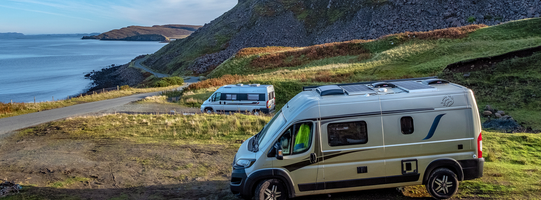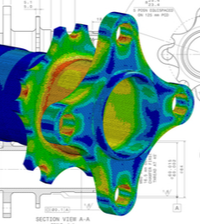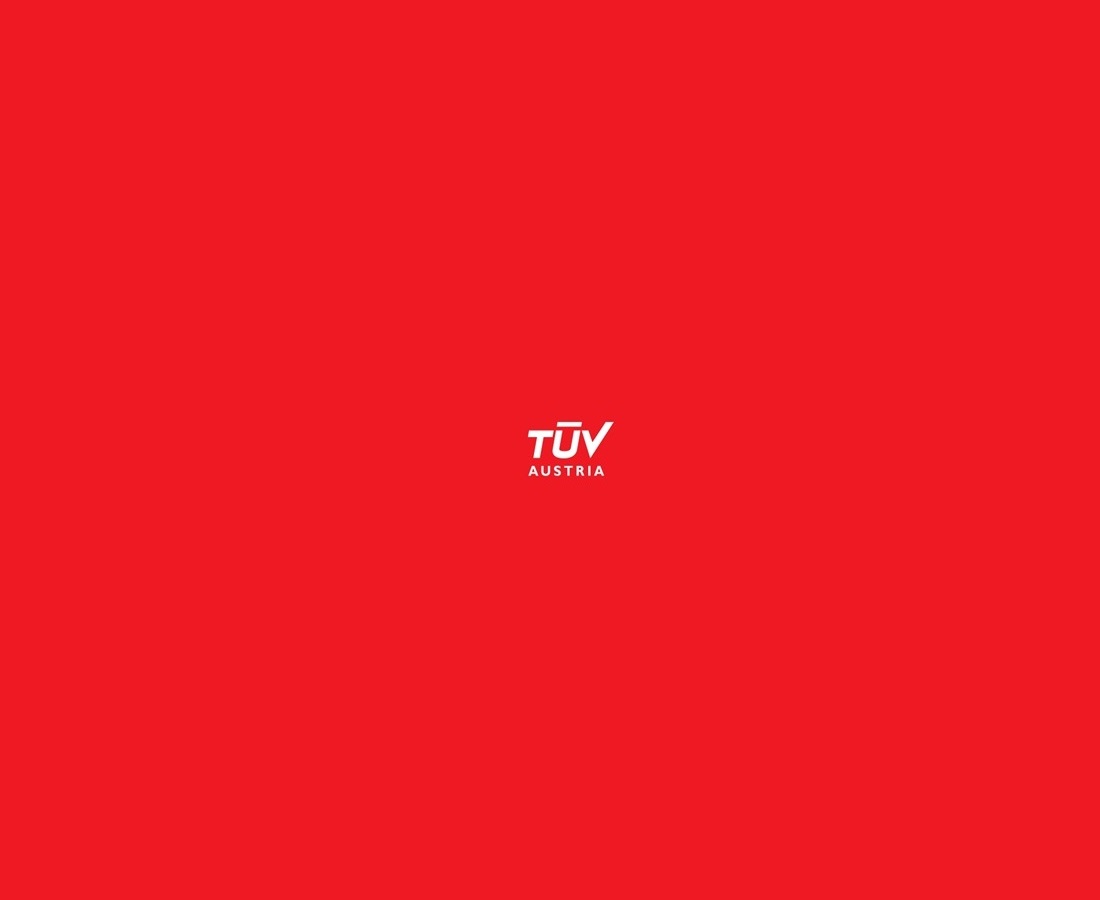Solution: Vehicle modification approval motorcycle
Solution: Vehicle modification approval motorcycle
Vehicle modification approval motorcycle - Legal framework conditions in road traffic for vehicle typing & vehicle conversion
Termin buchen
Overview
The conversion of motorbikes is subject to various legal framework conditions. This page provides an overview of the legal framework conditions in road traffic. Please note that these are not legally valid.
Click here for our services:
Do you need our expertise? Make an appointment online
Vehicle modification approval in Austria
Vehicle modification means the modification of components deviating from the standard condition of a vehicle, e.g. changes to tyre combinations, chassis, add-on parts, etc., the use of which was not provided for in the approval document (COC document, type certificate or individual approval notice) for the vehicle type.
General requirements
In principle, every modification carried out on a vehicle must be approved (= typed) in accordance with §33 KFG (see also here). This paragraph states that the modification must not lead to any deterioration in traffic and operational safety.
This evidence can be provided in various ways – either by a release from the general importer (can only be provided if this condition also existed as an optional series condition) or by an expert opinion from a test centre.
These certificates can be either parts certificates (must be supplied by the parts manufacturer with the parts) or individual certificates (if no parts certificates are available or if mutually influencing components are changed, e.g. when lowering and changing the wheel/tyre combination, an overall certificate). These individual certificates are issued for exactly your vehicle with the changes made and are therefore only valid for this one vehicle!
As soon as all relevant expert opinions are available, the changes can be entered into the approval document by the vehicle inspection office (see here).
Changes without approval
In §22a KDV (see here) changes are described that do not have to be registered:
- Lights and reflectors with EC approval (E-mark).
- Additional headlamps for main beam (provided the permissible index for luminous intensity, currently 100, is not exceeded, but no more than 2 pairs)
- Daytime running lights with EC approval (E-mark)
- Trailer couplings with EC approval (E-approval mark); however, a failure check for the trailer’s turn signals must be present.
- Silencers with EC approval (E-approval mark)
- Frontal protection systems (bull bars) with EC approval (E-approval mark)
- Alloy wheels with EC approval (E-approval mark)
- Window tinting films with an approval mark of an EU member state. No additional films are permitted on the windscreen (not even sun visor strips!).
Wheel Tyre Combinations for motorcycles
Any change to the wheel and tyre combination that is not stated in the vehicle’s approval document must always be notified, even if only the wheel size or wheel type is changed!
When converting motorcycles with regard to wheels and tyres, the following points must be observed:
- The wheels used must have sufficient operational strength (verified by a parts or strength certificate).
- If the rolling circumference of the tyre on which the speed is measured changes by more than ±2%, the speedometer must be checked. If the deviation is too great (speedometer must never be less than the actual speed driven and not more than 8 km/h + 10% scale value), the speedometer must be adjusted and the standard tyre dimensions may no longer be used. If the rolling circumference of the rear tyre is changed by more than ±8%, the exhaust, noise and braking characteristics must be demonstrated again or the overall gear ratio must be changed accordingly.
- When using wheels whose widths are outside the widths prescribed for the tyres, a release from the tyre manufacturer is required
The following tests will be carried out, together with the documents and evidence required for an assessment, in order to draw up an expert opinion on the roadworthiness and operational safety of the converted vehicle:
- Mounting test of the wheels
- Checking the clearance of the wheels and tyres under all operating conditions (e.g. distances to mudguards, swing arm, chain or belt, etc.).
- Checking the suitability of the tyres with regard to load capacity, permissible speed and wheel width.
- Checking the load capacity of the wheels with regard to the permissible axle loads
- Checking compliance with the conditions in the parts or strength report
- Checking the effectiveness of the wheel covers (the rear wheel must be covered over the entire width of the tyre up to a vertical line through the centre of the tyre)
Chassis modifications motorbike
Modifications to the motorbike’s chassis include, for example, fork struts and bridges, handlebars or suspension struts. The following also applies to motorbikes: Every modification to the chassis is subject to approval.
When retrofitting chassis parts on motorcycles, the following points must be observed:
- The parts used must have sufficient operational strength.
- Springs must not be painted afterwards, as the marking must remain legible.
- The parts must be installed properly and professionally.
- Sufficient clearance to all components must be maintained under all driving conditions (e.g. handlebar ends to the fuel tank).
- The maximum width, with the exception of the rear-view mirrors, must not exceed 100 cm.
- All instruments and indicator and warning lights must remain visible and legible.
Attachment parts motorcycle
Rear-view mirror
- Only rear-view mirrors with EC approval (E-mark) are permitted.
- Two rear-view mirrors must be fitted.
- Unrestricted view of the rear-view mirrors must be possible with the rider in the normal sitting position (driving position).
Footrests
- Footrests must be designed to be foldable
- The surface must have an anti-slip surface (e.g. rubber pads)
- Footrests must be mounted in such a way that a comfortable riding position is possible
Speedometer, indicator lights and controls
- The speedometer display must be easy to read in a normal sitting position.
- The speedometer shall have sufficient accuracy and range of measurement and illumination
- The controls and indicator lights shall be marked
Number plate
- The number plate may only be mounted centrally or on the left-hand side.
- A side licence plate holder must be equipped with a protection against threading in
- The rear lights must be mounted either centrally or symmetrically to the longitudinal centre plane
- The number plate must not project laterally beyond the ends of the handlebars.
Attachments and fairings
- At least a material certificate is required for all add-on parts.
- The handling of the motorbike must not deteriorate in comparison to the standard condition.
- No sharp edges or corners may be created by fitting or omitting fairing parts.
- If fairing parts are omitted, driving tests up to the maximum design speed are required!
Motorbike lighting
- All lights mounted on the motorbike must have a type approval (E-mark).
- If the installation position or position is changed, the modified lights must be approved
- Conversion to gas discharge headlights (xenon headlights) is not permitted
Silencer and air filter motorbike
Only silencers with EC approval (E-mark) are permitted. If a vehicle-specific certificate is available for the EC approval, the silencer is not subject to registration; however, the corresponding certificate must be carried along.
Motorcycle brakes
- Replacement brake discs with the same dimensions as the standard brake discs, including perforated and slotted brake discs, are considered replacement parts and are exempt from registration; a test report must be included.
- Modifications of brake callipers or brake disc diameters are subject to registration.
- When using modified brake callipers, ensure that the actuating cylinder has sufficient actuating capacity.
- Modification of brake and clutch lines is subject to approval (the lines must be of sufficient length and must be laid in such a way that they are not pinched, kinked, chafed or subjected to tensile stress).
- Modified brake and clutch lines are only permitted with pressed-on screw nipples!
- If modified expansion tanks are used, they must either be made of transparent material or a sight glass must be provided.
- When modifying the hand or foot pump, make sure that the actuating pistons are sufficiently large for the brake system.












